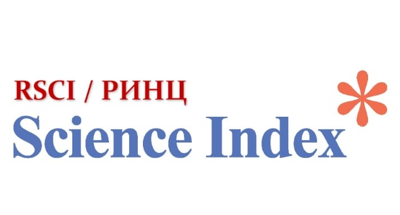INVESTIGATION OF TIN-LITHIUM ALLOY BEHAVIOR IN HIGH-TEMPERATURE HYDROGEN ISOTOPE ENVIRONMENTS: SORPTION AND DESORPTION ANALYSIS
Views: 289 / PDF downloads: 138
DOI:
https://doi.org/10.32523/2616-6836-2025-150-1-162-185Keywords:
tin-lithium alloy; deuterium; sorption; desorption; fusion reactor; plasma-facing components.Abstract
Nuclear fusion's effectiveness relies heavily on managing the intense power loads that strike the first wall, especially the divertor in plasma-physical devices. Due to their self-regulating liquid surfaces, liquid metals, such as lithium and tin, present a promising alternative to solid plasma-facing materials. A promising candidate is a tin-lithium alloy, which is expected to combine the beneficial properties of its constituent metals. The present study investigates tin-lithium alloy's sorption and desorption characteristics when exposed to hydrogen isotopes under high-thermal stress conditions. Specifically, experiments were conducted using a Sn73Li27 alloy with adsorption and thermally stimulated desorption (TDS) techniques employed to characterize its behavior. The sorption experiments were performed under high-temperature conditions from 450°C to 600°C and at different values of residual deuterium pressure in the device volume. The TDS experiments involved measuring the gas flows released from the tin-lithium alloy into the evacuated chamber under linear heating conditions. The temperature dependence of the effective deuterium solubility constant in the alloy was calculated, revealing the complexity of the interaction mechanisms influenced by experimental conditions. The results provide insights into the interaction dynamics between the tin-lithium alloy and hydrogen isotopes, underlining the material’s performance and stability in high-temperature environments.









